Ways to prevent and treat golfing injuries this season
With golfing season in full swing, many people are experiencing the aches and pains that come with this sport. Sometimes it can be a minor inconvenient ache that impacts performance out on the course, or the injury may require the golfer to take time away from the game, thus missing out on the few short months Canadians get to enjoy this sport.
In this article we will outline three common areas of injury that golfers experience, discuss how those injuries are treated by a physiotherapist and wrap up by talking about how you can prevent these injuries from happening in the first place.
What is the most common area a golfer may experience pain?
The most common area of pain that a golfer may experience is back pain. In fact, even if you do not play golf, back pain is one of the most common areas of the body that can get injured.
When golfing, the low back area is required to twist or torque during the swing. This frequent twisting on the spine leads to injury because twisting the spine places stress on the weaker structures of the low back. Doing this over and over again throughout a game or practice time can inflame these structures and irritate them, creating a painful experience for the golfer.
This is especially true if the golfer has not properly warmed up before the game by stretching. Stretching helps bring blood flow to the area and gets the tissues activated and ready to perform.
If someone is experiencing back pain from golf, and stretching or other methods are not making a real difference, it might be time to call a professional, such as a physiotherapist.
Physiotherapists will be able to assess, diagnose and properly treat the injury, allowing you to get back on the course quicker.
Some of the methods they might use to treat low back pain include:
-
Interferential Current (IFC) IFC can help increase blood flow to the area and reduces inflammation, which is a major cause of most pain that people experience.
-
UltraSound If there is a specific tissue or muscle that has been injured, then Ultrasound can help heal the soft tissue.
-
Cupping
-
Exercise recommendations Once the healing has taken place and the inflammation has died down, exercises and other recommendations will be made, so that the low back pain has a less likely chance of coming back.
What are other areas golfers may injure? 1. Shoulders
Another common area for golfers to injure is their shoulder. Swinging a club repeatedly or striking the ground during follow through can place great strain on the muscles in the shoulder and cause pain and discomfort.
The rotator cuff muscles are often affected, and when they are, it can impact range of motion, sleep and hinder performance on the course. Shoulders are also notorious for getting tight, which is why it is important to stretch the shoulder muscles before a game. If the muscles are loosened up properly then it is likely that there will be an injury during a game.
However the shoulder can still sustain injuries even if proper stretching takes place. In this event, it is best to seek the advice of a physiotherapist. They will be able to determine the cause of the injury and treat the appropriate muscles and joints so that you can get back on the course sooner.
Some techniques or therapies that a physiotherapist might use would include ultrasound, TENS or taping. Of course, there are other techniques too, it just depends on the skill set of the particular physiotherapist and what the diagnosis is. Ultrasound helps with healing the soft tissues, taping can help stabilize the muscle while it heals and TENS can help reduce the pain. All of the techniques a physiotherapist might use are safe, effective and can be used to heal from shoulder injuries. 2. Elbows
Golfer’s elbow is a common condition that affects the inside of the forearm and elbow region. It is caused by a golfer striking the ground when swinging. Golfer’s elbow can affect anyone, but it is common in golfers due to the repetitive and impactful nature of the sport.
The muscles on the inside of the forearm inflame causing pain and discomfort in that region. When this happens, ice can be helpful in order to bring the inflammation down. Use it for up to 15 minutes at a time, and only once per hour. TENS units can also help reduce the pain and inflammation associated with this condition. A physiotherapist would likely use this modality in addition to stretching and strengthening exercises to help heal the damaged muscles.
Preventative Measures: Now that we have learned about three of the most common injuries a golfer might experience and what can be done about them, we will now learn about preventative methods for these injuries.
In order to prevent back pain from golfing it is important to stretch before each game. Simple rotations of the low back side to side and leaning to the side while holding the club above your head with both hands, can help loosen up the muscles of the back before a game.
Preventing shoulder problems will also require pre – game stretching as well as simple shoulder strengthening exercises on a routine basis. Muscles are more likely to get injured or sore when they are deconditioned or weak. Developing a total body routine for stretching and strengthening is helpful for avoiding injuries during golf and everyday activities.
If you want to avoid golder’s elbow, a larger or thicker grip on your golf club can reduce the strain from gripping on the muscles of the forearm, thereby reducing the chance of this condition. You would have to get all of your clubs regripped with the larger sized handles, but it could be worth the investment to prevent this painful condition.
If you or anyone you know has been suffering from one of these types of injuries, don’t hesitate to contact a physiotherapist. Their advice and help can get you back on the course quicker. They will also help guide you further on prevention strategies so that you can enjoy the golf season without worrying about injuries setting you back.
For more information, or to book with our physiotherapist, call us at 519.751.0728 or email pathwaystohopebrant@gmail.com




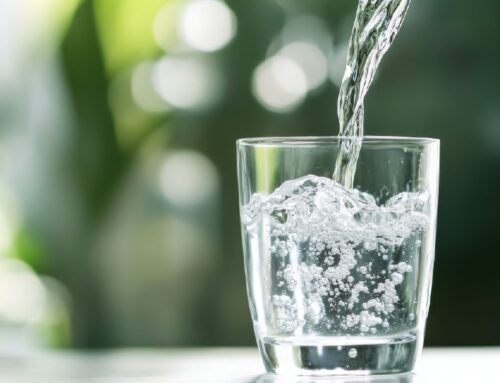
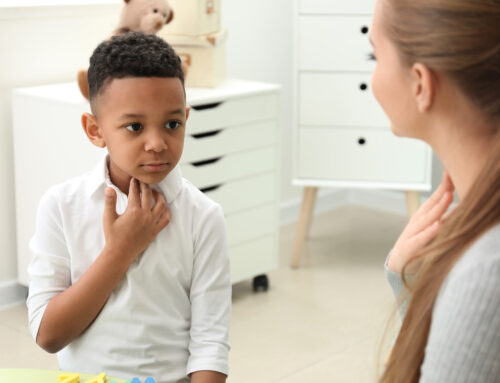
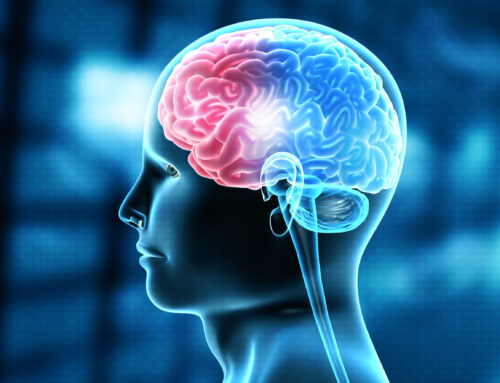

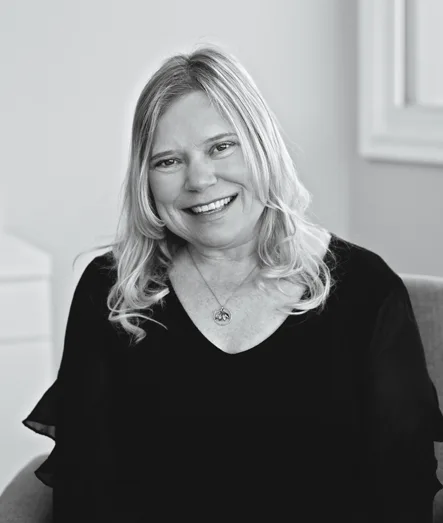
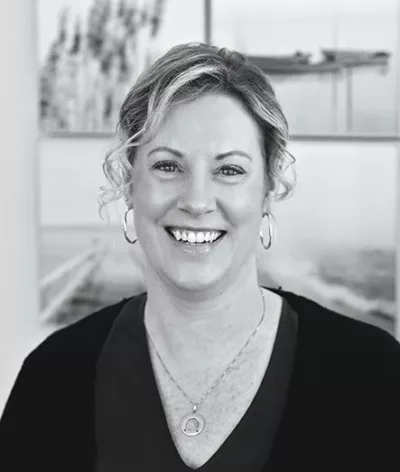
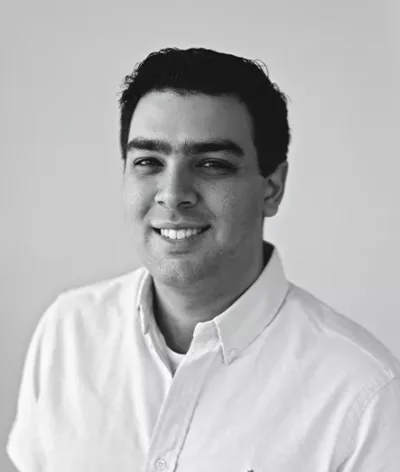
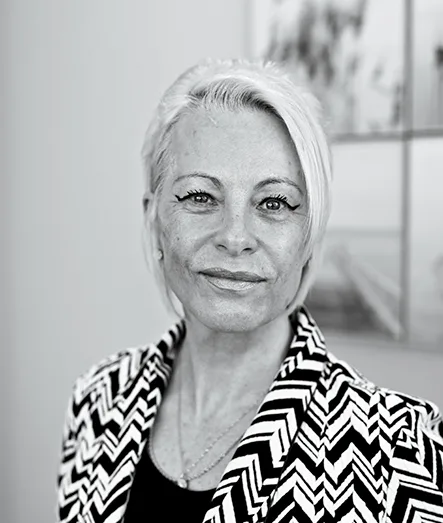
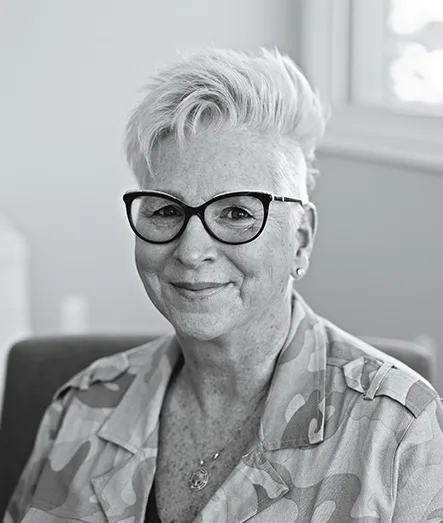
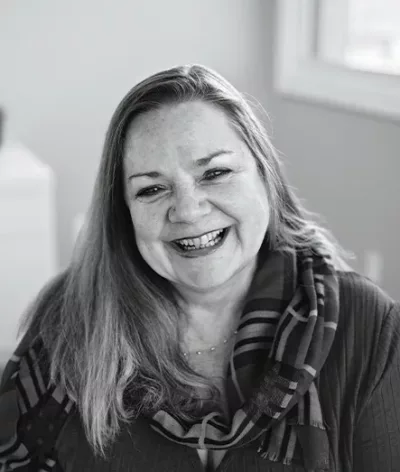 Sharon Walker, MSW, RSW
Sharon Walker, MSW, RSW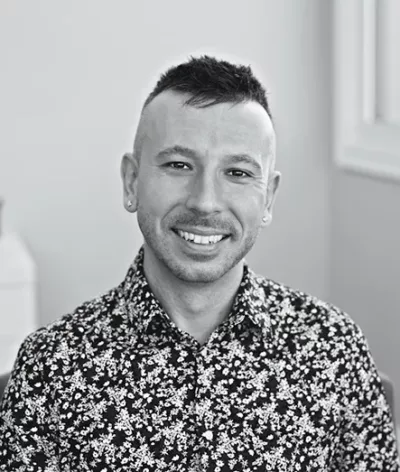 Jordon Iorio Hons. BA, RSW
Jordon Iorio Hons. BA, RSW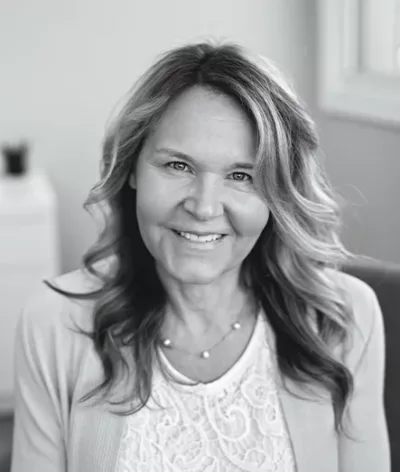 Christine Bibby, B.S.W., M.S.W., R.S.W.
Christine Bibby, B.S.W., M.S.W., R.S.W.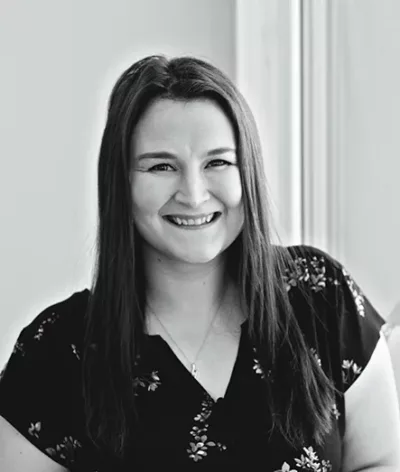 Brianna Kerr, RSW
Brianna Kerr, RSW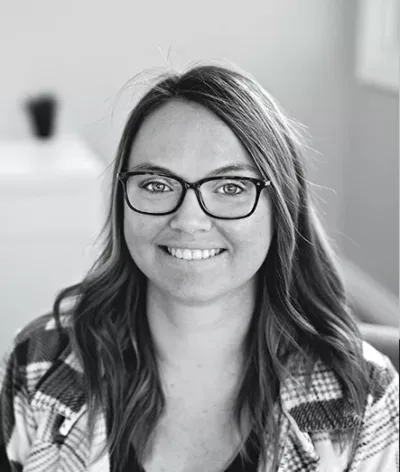 Danielle Vanderpost, RSW
Danielle Vanderpost, RSW Daniela Switzer, MA, C.PSYCH
Daniela Switzer, MA, C.PSYCH Tammy Adams
Tammy Adams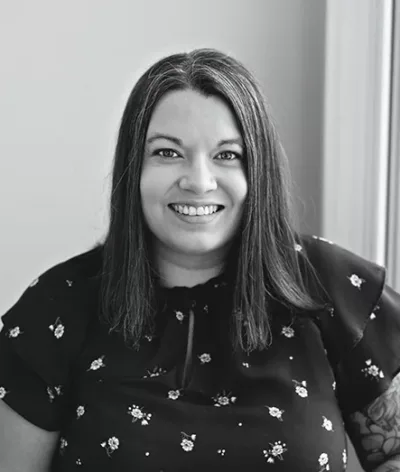 Jade Bates, RMT
Jade Bates, RMT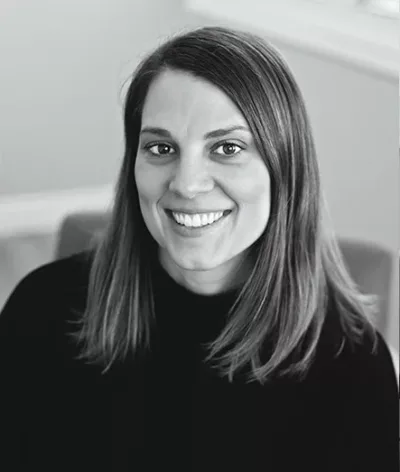 Caitlin Schneider
Caitlin Schneider Dr. Crysana Copland
Dr. Crysana Copland
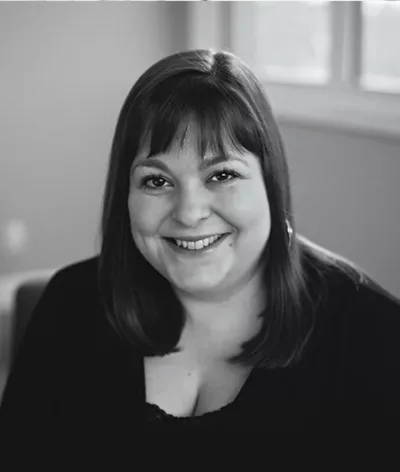 Amy Dougley
Amy Dougley Emily Green
Emily Green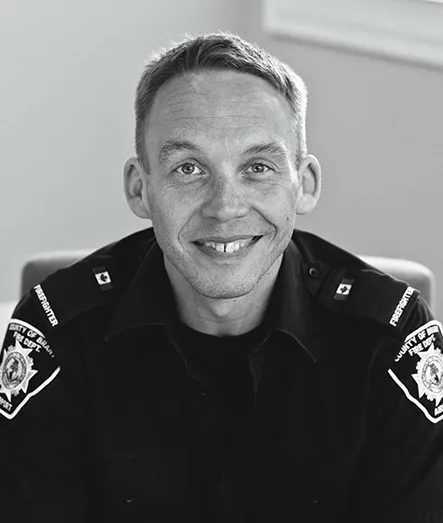 Bill Dungey, RSW
Bill Dungey, RSW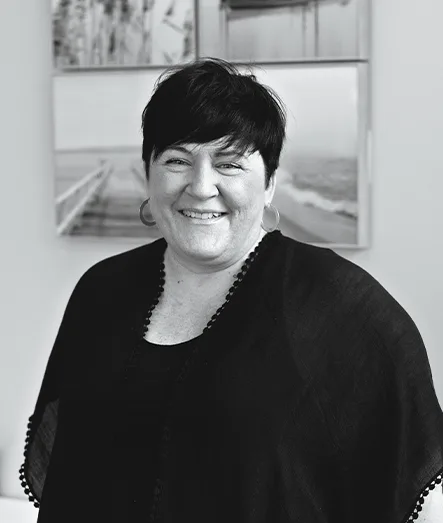
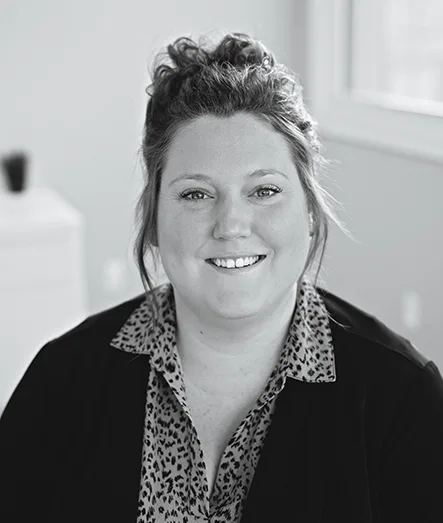

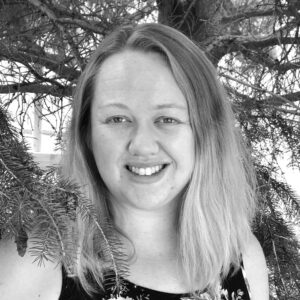
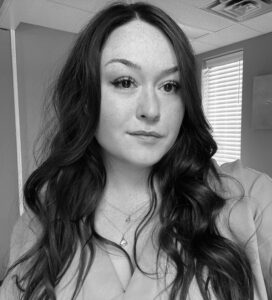 Jessica Moore, RSW
Jessica Moore, RSW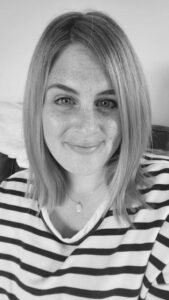 Abigail Wragge, RSW
Abigail Wragge, RSW